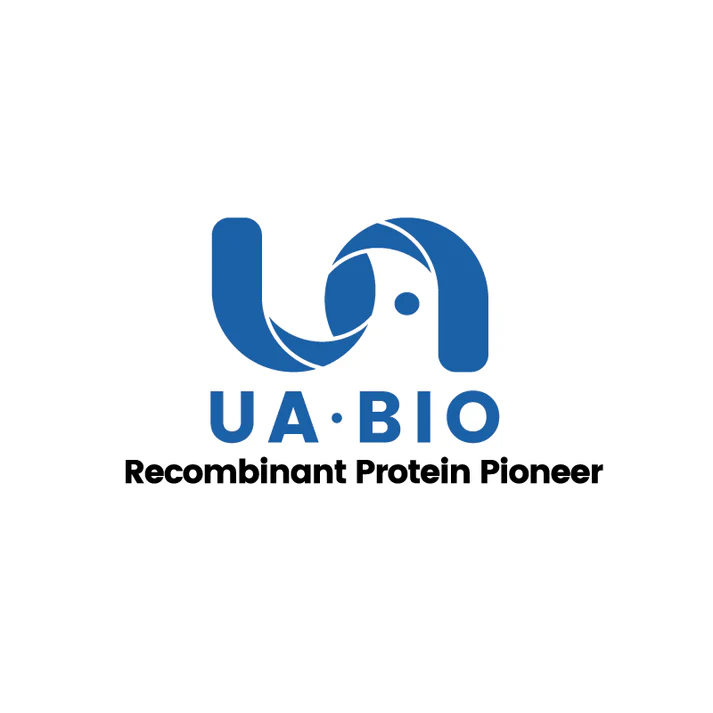Measured in a cell proliferation assay using Balb/3T3 mouse embryonic fibroblast cells. The EC50 for this effect is less than 5ng/ml.
Product Details
Product Details
Product Specification
| Species | Human |
| Synonyms | FGF-16; Fibroblast Growth Factor-16 |
| Accession | O43320 |
| Amino Acid Sequence | Ala2-Arg207 |
| Expression System | E.coli |
| Molecular Weight | 25 kDa (Reducing) |
| Purity | >95% by SDS-PAGE & HPLC |
| Endotoxin | <0.1EU/μg |
| Conjugation | Unconjugated |
| Tag | No Tag |
| Physical Appearance | Lyophilized Powder |
| Storage Buffer | 20mM Tris,500mM NaCl, PH8.0 |
| Reconstitution | Reconstitute at 0.1-1 mg/ml according to the size in ultrapure water after rapid centrifugation. |
| Stability & Storage | · 12 months from date of receipt, lyophilized powder stored at -20 to -80℃. · 3 months, -20 to -80℃ under sterile conditions after reconstitution. · 1 week, 2 to 8℃ under sterile conditions after reconstitution. · Please avoid repeated freeze-thaw cycles. |
| Reference | 1. Alina G Sofronescu. Cardiovasc Res. 2010 Jul 1;87(1). |
Background
Fibroblast growth factors (Fgfs), proteins of 150~300 amino acids, play diverse roles in development, repair and metabolism. The human/mouse Fgf family comprises twenty-two members. Most Fgfs mediate biological responses by binding to and activating Fgf receptors (Fgfrs) in a paracrine manner. Among paracrine Fgfs, Fgf16 is predominantly expressed in the heart. Fgf16 expression is weakly detected in the embryonic heart and much more abundant at adult stages than embryonic stages. These findings indicate potential roles in the heart.
Picture
Picture
Bioactivity
SDS-PAGE
RP-HPLC
>95% as determined by RP-HPLC.


